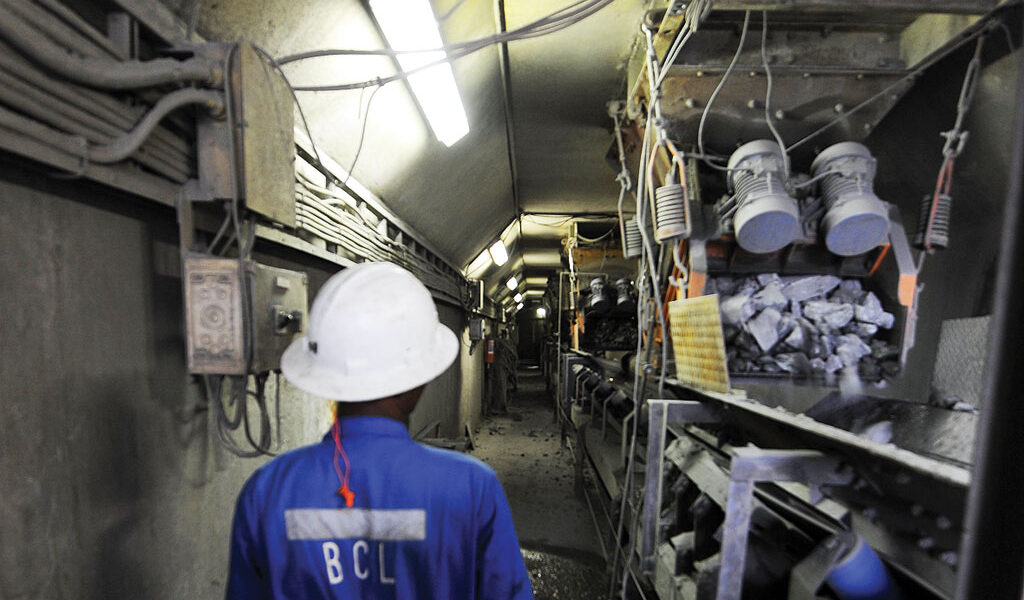- Mine could make profits of minimum P300 million under current size
- Gov’t ignored BCL plea for further funding
- There was pressure from debtors threatening liquidation
- Mine fully drew down P1,1 billion given in April
- “There is no political will to save BCL” – Lawyer
QUEEN MOSARWE
A leaked document reveals that while it being shut down following government’s decision to put it under provisional liquidation, the BCL copper and nickel mine has sufficient mineral reserves or resources to last well into the future.
Documents which were presented to a cabinet subcommittee meeting held on 1st October 2016 state that BCL has reserves that could be mined commercially until 2023. According to the document, the current depressed commodity prices were expected to last until 2017, and it is in this two years (2016/17) that BCL needed government support.
BCL management pleaded with cabinet to fund the mine, proposing funding through equity of P2 billion spread as P1 billion required immediately and another P1 billion at end of Quarter 1 of 2017. The P1 billion was to be termed out with Barclays through a sovereign loan with a two year grace period and would have been pushed down to the BCL balance sheet in 2018/19, and a bullet payment in 2022.
Notwithstanding this, BCL state in their document that business however was under serious cash flow constraints and could not meet its arising obligations “This has led to under performance of the underground operations as a result of the undercapitalised fixed and mobile assets,” it states, adding that the smelter had stabilized from problems encountered at the beginning of 2016 . “An emerging risk is the build-up generation in the flash furnace as the vessel is currently running sub-optimally due to constrained feed, which is not sustainable for operations,” it added.
“We continue to manage creditors to pre-empt a situation where any one of the creditors can liquidate the business. This is becoming onerous to achieve as each day funding is delayed there is a real and present danger that one of the creditors will apply for the business to be liquidated,” reads the document which was presented to the cabinet sub-committee five days before the mine shut down was announced. “It is therefore urgent that we get clarity on the probability of funding and time lines to enable the business to take appropriate steps and decisions,” pleaded management.
BCL explained that it last accessed emergency funding from Government in 2002, and 100% of the principal was paid back. They say they stopped utilising Sismin funding in 2008 for its capital development plan, of which 100% including interest was paid to government. According to the document, from historical funding trends, funding was as a result of the cyclical nature of the commodities it trades in. “The current situation is no different to previous periods, the only difference is part of the requested funding entails reconfiguring the business to be better prepared to weather such eventualities in the future and to provide GOB with a softer landing when there will no longer be sufficient reserves to mine commercially,” the document read in part.
At the time of liquidation, BCL had existing ‘government guaranteed short term funding’ of P1,1 billion ($100 million) from Barclays Botswana and ABSA given in April this year, just six months before the sudden closure, which was fully drawn down. BCL also has an overdraft facility amounting to P105 million from three local banks.
In 2013/14, the restructuring of the BCL balance sheet comprised of P2 billion (Emergency Funding interest), P472million (Deferred Royalty), P864million (Senior Debt inclusive of interest and capital) and P251million (Preference shares).
A total of P1billion was paid leaving a balance of P2.67 billion which was converted to equity for government, documents show.

